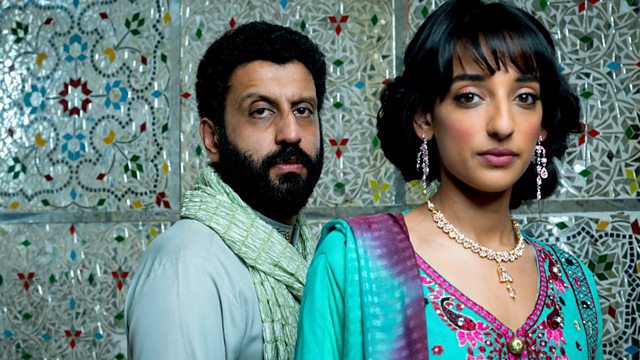
Although Suffragette might have you believing only white women were entrenched in the cause for women’s suffrage in Britain, there were a number of Indian suffragettes and suffragists who took part. Most notably, Princess Sophia Duleep Singh, daughter of the last Maharaja of the Sikh Empire and goddaughter of Queen Victoria, helped lead marches and played up her perceived ‘exoticness’ in order to bring much-needed attention to the movement. For International Women’s Week, I will shed light on some of her contributions, as well as that of the other wealthy Indian women fighting for suffrage in the 1900s to 1910s.
Princess Duleep Singh was a member of the Women’s Tax Resistance League. This was an organisation of property-owning women who refused to pay taxes on their property, on the basis that they did not have representation in Parliament; their popular slogan was “no taxation without representation”. These women barricaded themselves in their houses and bought back each other’s property once it was confiscated for tax avoidance. Such practices caused a great scandal and none more so than in the case of Sophia Duleep Singh. While her relationship with the Queen enabled her to come away from tax avoidance lightly, this also placed a greater spotlight on her actions. Undoubtedly, through her status, she raised the profile of the cause.
As well as this, through selling copies of The Suffragette (a Women’s Social and Political Union newspaper) on the street outside her home, Hampton Court Palace, she raised the profile of the movement. The image of a wealthy woman vending on the street caused controversy and she was featured in the Daily Mail in 1913. Being so visible by selling newspapers as a mixed-race woman lent itself to the cause and brought more attention to her; Indian women were usually thought of as “passive” and Sophia’s actions directly contradicted this image.
Though Black Friday is popularly conceived as having been led by Emmeline Pankhurst alone, Sophia Duleep Singh also played a key role. She led a group of 300 to 400 women to Parliament on 18 November 1910, which resulted in a heavy-handed response from the police. In an unprecedented fashion, the police assaulted women and injured approximately 150 of them.
Sophia Duleep Singh wasn’t the only Indian suffragette who played up to dominant images of her. In the Women’s Coronation Procession of 1911, many suffragists took part and played up their Indianness, in representing the Indian colony of the empire. This was to bring attention to the lack of women in the official Coronation Procession of 1911. Through this, they were Orientalised but also managed to resist the popular racialisation of them as “passive”, by taking a very visible role in the procession. While they had to perform their Indian identities by wearing saris and holding banners with elephants on them, they managed to bring more attention the procession, which was vital for its aims.
Moreover, Indian women were very active during World War 1. Princess Sophia supported Indian soldiers who were fighting for the British during the war and organised Flag Days to raise money for the wounded. Mrs Bhola Nauth and Ms P Roy (among others, who took part in the Coronation Procession) also raised money for soldiers, such as during Ladies Day in 1916. Their support and activism would have further raised the profile of the suffrage movement and their actions.
This is hardly an exhaustive list of these women’s accomplishments. However, let this be a reminder that, though Indian women aren’t necessarily part of the dominant narrative of the suffrage movement, they did contribute by bringing vital attention in challenging racist perceptions. If you would like to read more on Princess Sophia Duleep Singh, in particular, why not check out Anita Anand’s biography?

Britain’s policing was built on racism. Abolition is unavoidable

Against the binary: imagining a future of holding my chest high

How Pakistan’s Khwaja Sira and transgender communities are fearing and fighting for their futures






